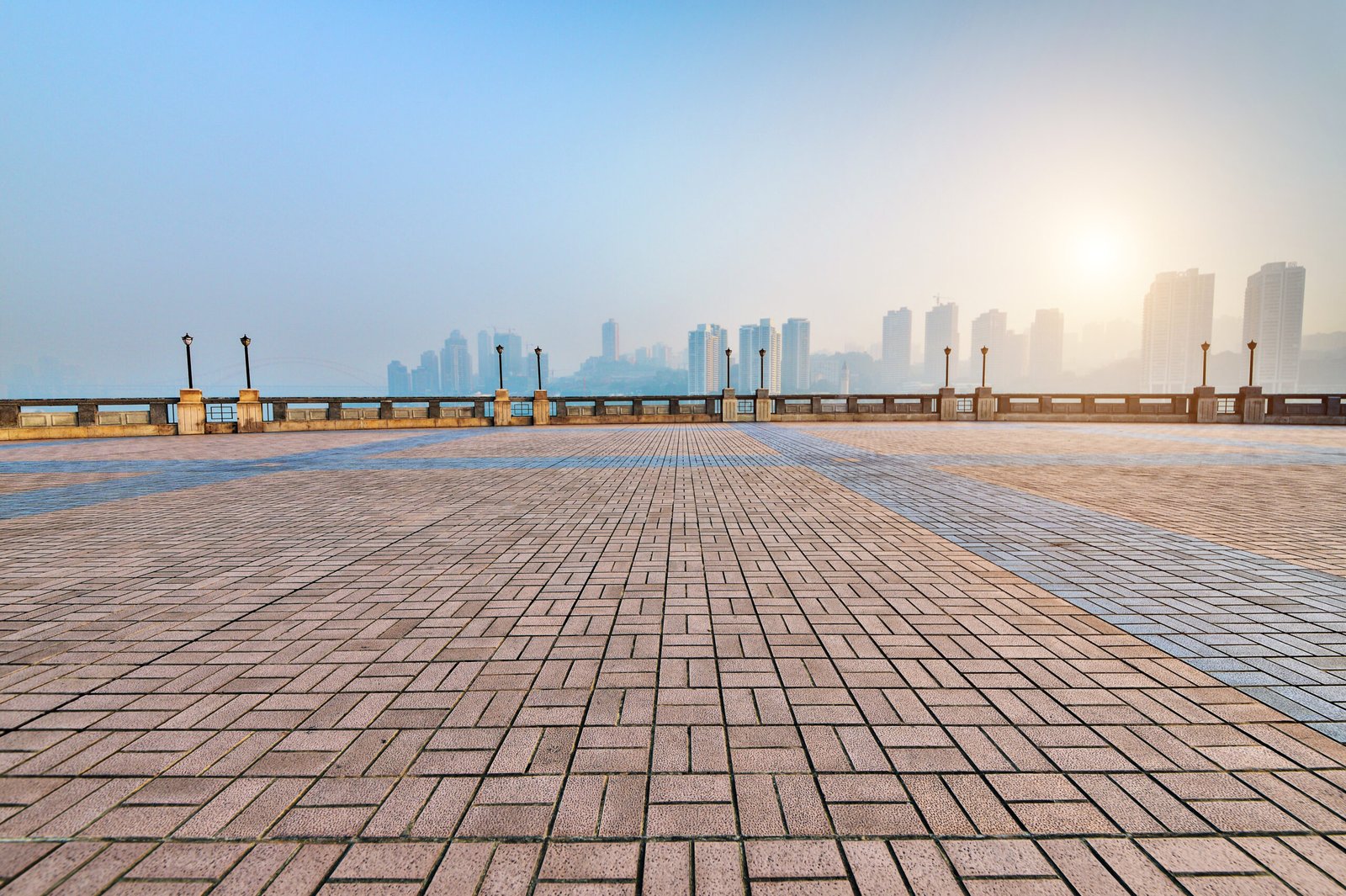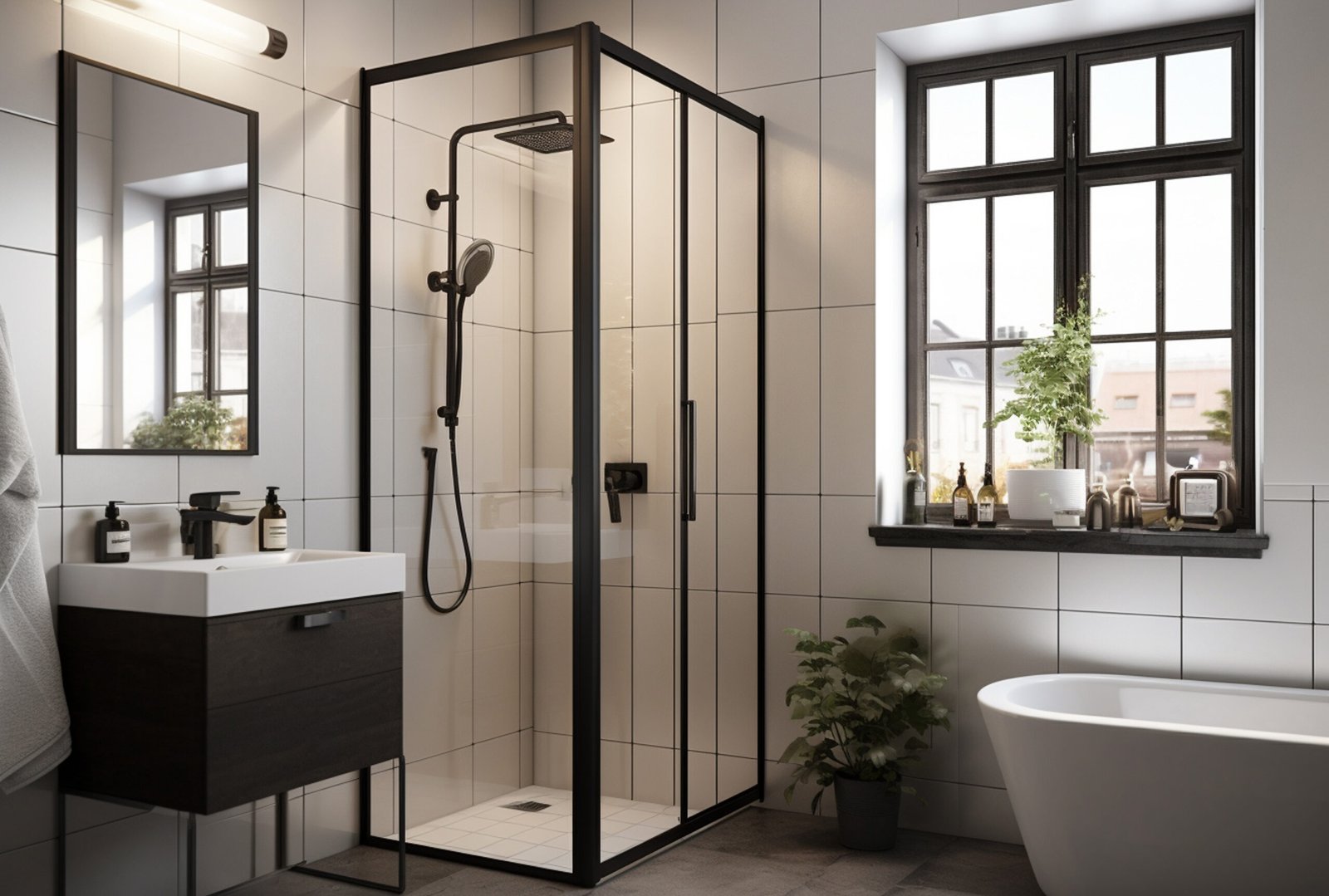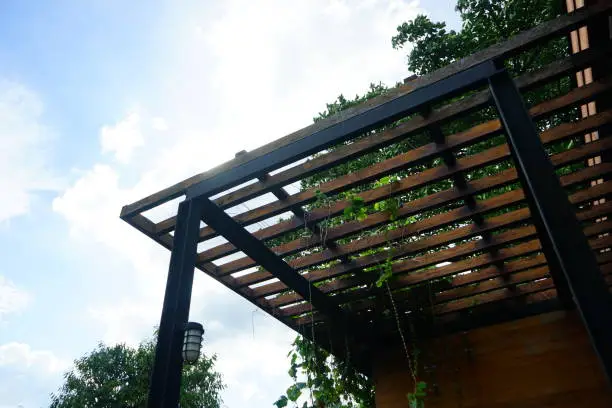A patio is a functional and decorative extension of a home, serving as a relaxing space. Adding pavers is an excellent way to boost the aesthetic of your yard, improve functionality, and create a welcoming area for entertainment or relaxation. Whether you are looking to revamp an existing patio or build a new one, installing pavers provides a customizable and durable solution.
Choose the Right Paver Material
The right pavers materials have a direct impact on the maintenance, durability, and overall appearance of your patio. Clay brick, concrete, and natural stone are common materials you can choose from. These materials are best suited for varying foot traffic and climate conditions. Brick pavers have a classic design, whereas natural stone provides a high-end look. Concrete pavers offer a wide selection of shapes and colors. If you live in an area with frequent freeze-thaw cycles, selecting natural stone materials such as slate or granite can prevent shifting and cracking over time. Choosing material that matches your usage needs, design vision, and climate condition keep your patio visually appealing.
Use Edge Restraints and Joint Fillers
Edge restraints help maintain the designed pattern and prevent pavers from shifting or spreading. They are mostly made of a mix of plastic materials and poured concrete. To lock the paver in place and prevent lateral movement caused by shifting soil, foot traffic, or seasonal contraction and expansion, install edge restraints along the paver perimeter. Brush joint filler, such as polymeric sand or fine gravel, into the spaces between pavers to stabilize the ground. Filling those gaps also prevents weed growth and insect infestation. Edge restraints and proper joint filling reduce maintenance needs and ensure minimum compromise to the structural integrity.
Compact the Base Properly
For the longevity of any paver installation, a stable foundation should be a priority. You will need to precisely excavate the area and spread layers of crushed gravel or stone evenly. Use a plate compactor to press each layer firmly, eliminating air pockets and creating a strong foundation. A solid base supports the weight of the pavers, foot traffic, and furniture on the patio. Without proper compaction, the ground can shift, resulting in an uneven surface. This causes the pavers to crack or move out of place.
Plan for Proper Drainage
Proper drainage when installing pavers prevents erosion, water accumulation, and long-term damage to your patio. Before installation, make sure that the base is graded to create a slight slope that directs water away from your home and any nearby structures. This allows rainwater to naturally flow away rather than pooling on the surface or seeping into your foundation. If you live in an area with heavy rainfall, consider installing drainage channels or perforated pipes.
Learn More About Pavers Today
Selecting the right materials, compacting the base properly, installing edge restraints, and planning for proper drainage all contribute to creating a long-lasting and attractive paved patio. Professional services can enhance the space’s functionality and make sure it remains visually appealing, even after heavy use. Contact a reputable company to learn more about their services



